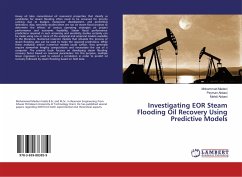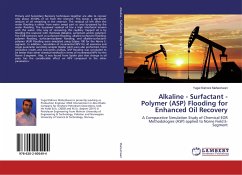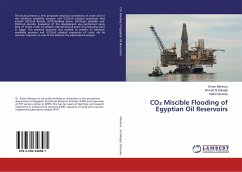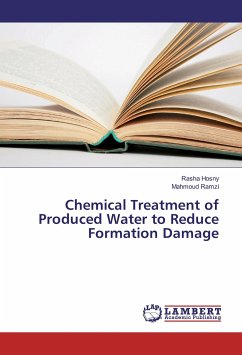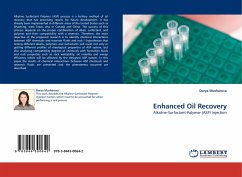Heavy oil (also conventional oil reservoirs) properties that classify as candidates for steam flooding often need to be screened for priority ranking due to budget, manpower development, and permitting limitations. Also, sensitivity studies often are run on steam flood projects to determine the effects of various operating strategies on project performance and economic feasibility. Steam flood performance predictions required in such screening and sensitivity studies certainly can be made using one or more of the analytical and empirical models available in the literature. Numerical reservoir models that simulate the process of steam flooding also can be used to make the required predictions. While these analytical and/or numerical models could suffice, they generally require somewhat lengthy computations and necessitate the use of a computer. The present book focuses on developing steam flooding recovery factor based on reservoir parameters. For this purpose, multiple linear regression is used to extend a correlation in order to predict oil recovery followed by steam flooding based on field data.
Bitte wählen Sie Ihr Anliegen aus.
Rechnungen
Retourenschein anfordern
Bestellstatus
Storno

